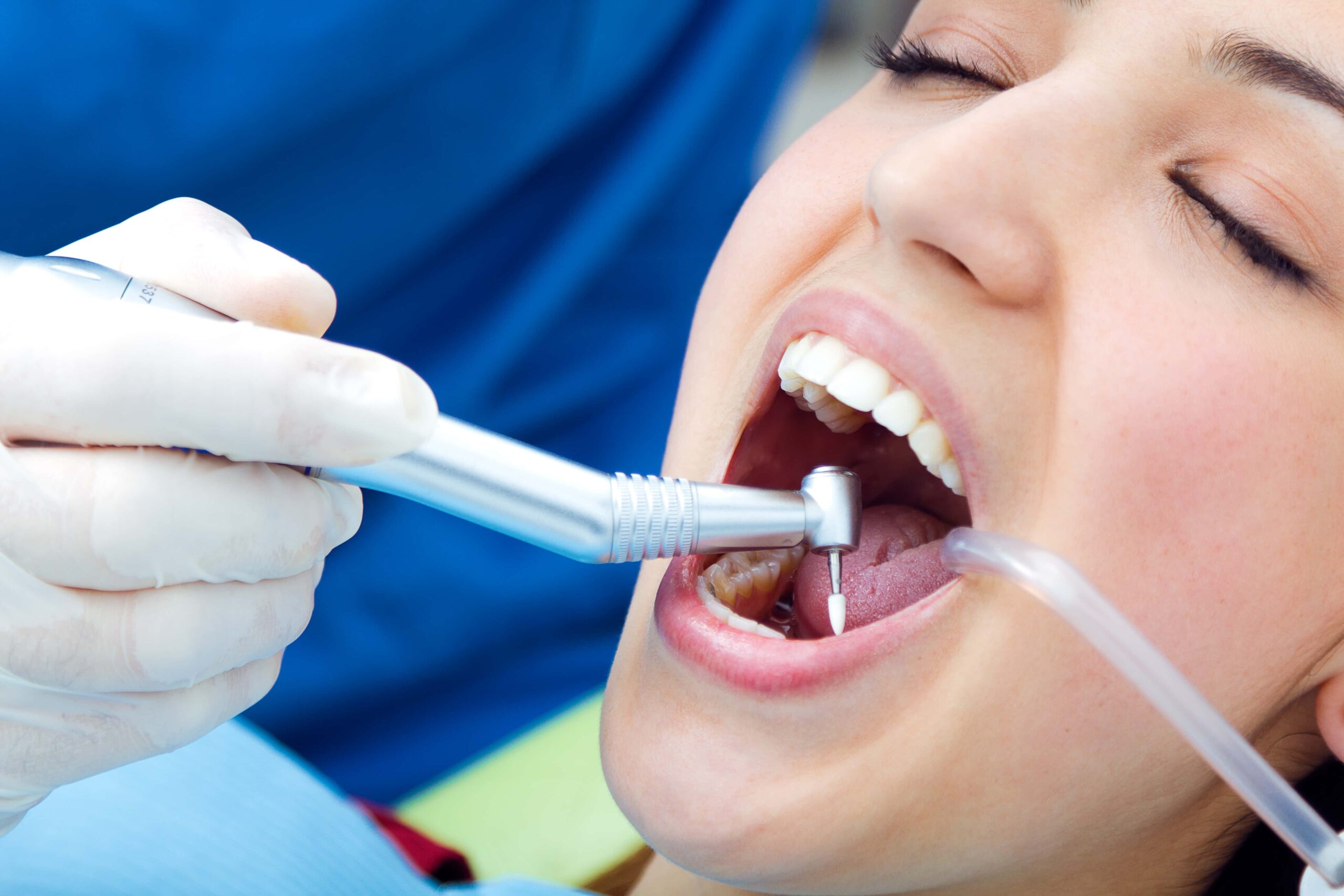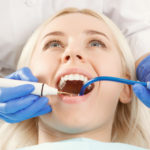Tooth pulling or extraction is one of the most common dental procedures in a dentist’s office. Tooth extraction is usually the last resort for an infected or damaged tooth. Your dentist will recommend extraction if any of the dental restorative procedures cannot save the tooth. However, some patients simply prefer extraction over dental restoration. Additionally, a tooth can be extracted for orthodontic treatment such as alignment to leave room for other teeth. Read on to find out what happens during tooth extraction and what to expect after the procedure.
What to expect?
There are two types of tooth extraction. Simple extraction and surgical extraction.
Simple extraction
A simple extraction is conducted on teeth which can be seen on the surface inside the mouth. During a simple extraction, the dentist will first numb the affected tooth area/gum and then use a special tool called an elevator to wiggle the tooth in a bid to loosen it from the socket. When the tooth is loose enough to pull out, the dentist will then use a pair of forceps to pull out the tooth.
Once the tooth has been pulled out, the gaping socket is then thoroughly cleaned and disinfected to prevent infections and to ensure that no teeth fragments have remained in the socket. Depending on the extent of the extraction, a dentist may stitch up the hole to close it up. Otherwise, on a normal extraction, the dentist will insert a gauze inside the hole and ask you to bite down on it to allow for clotting to take place.
Surgical extraction
A surgical extraction on the other hand is a more complicated procedure that involves extracting teeth that are somewhat hidden underneath the gum or jawbone or a tooth that has broken beyond the gum line this is commonly needed for Wisdom Teeth Removal. During a surgical extraction, an oral surgeon will use appropriate anesthesia and then make an incision/cut in your gum to expose the tooth that needs to be pulled out. The tooth can then be pulled out using dental tools such as forceps. Sometimes, the dentist may split the tooth in half in order to pull it out easily. The remaining whole may be stitched up or left to heal on its own as in a simple extraction.
After extraction
After a successful extraction at the dentist’s office, there are certain precautions that you will be asked to take to allow the extraction site to heal properly and to prevent infection. The dentist will also prescribe some painkillers to help you with the pain after the anesthesia wears off as well as antibiotics to prevent infection from occurring in the extraction site. Here’s what you need to avoid after the extraction;
• Avoid smoking as the pulling action may dislodge the blood clot in the hole
• Avoid using straws
• Avoid solid food while the extraction site is still healing
Conclusion-
It is very important to follow the instructions given by the dentist to the letter to enable you to heal properly. Carrum downs dental clinic offers excellent tooth extraction procedure. Visit us for the best tooth extraction experience whether it is an infected tooth extraction or wisdom teeth extraction.
Related Posts
Tooth extraction: All you need to know
Understanding And Prevention Of Dry Socket After Tooth Extraction
Facts you need to know about Wisdom Tooth Extraction


